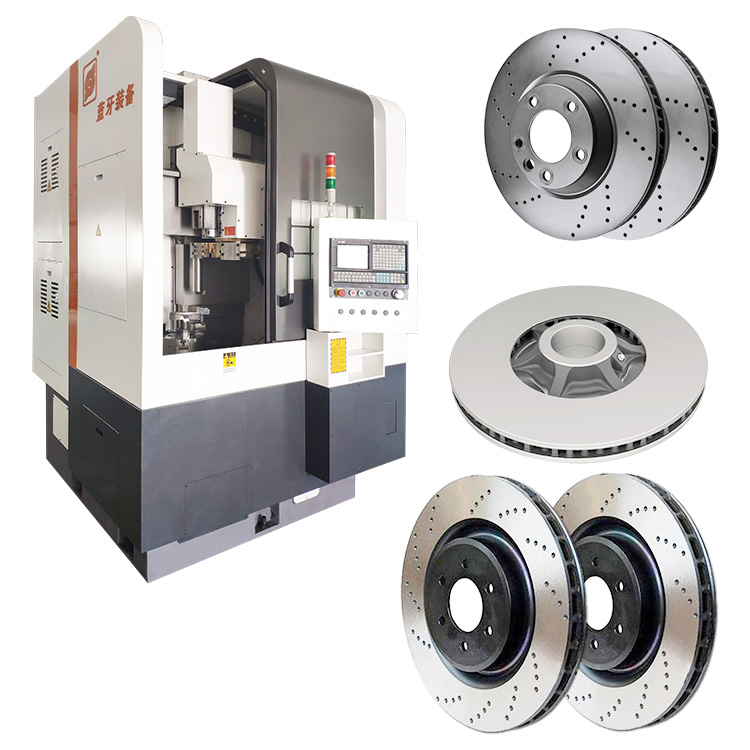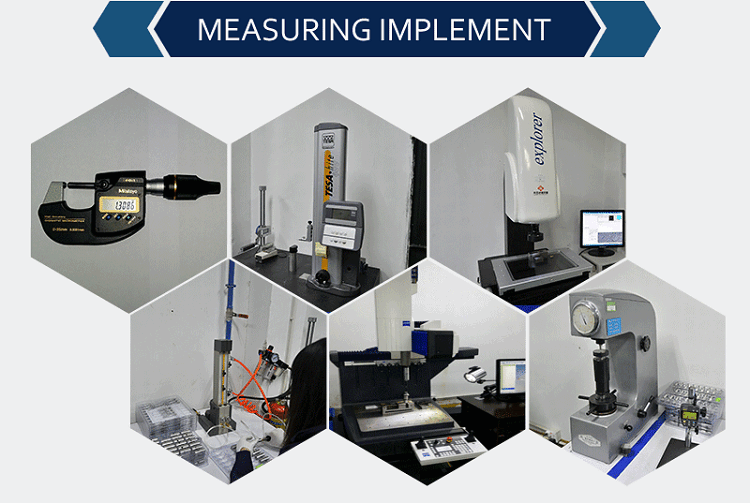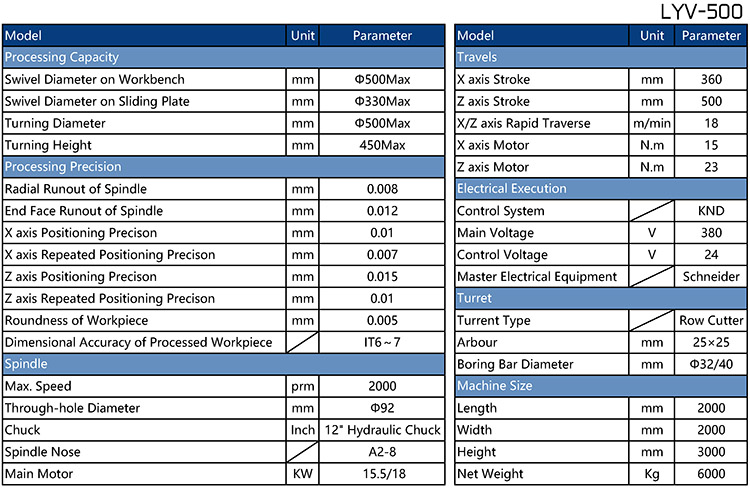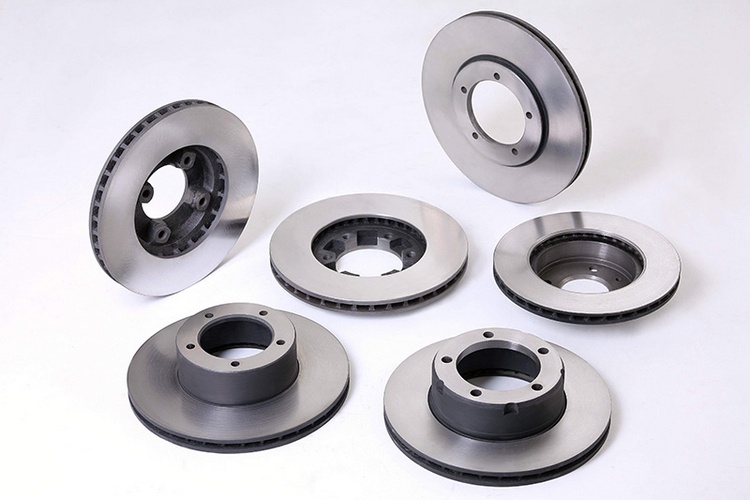![]()


![]()
LYV-500 brake drum machine improve product quality, increase production efficiency, reduce production costs, reduce labor intensity and increase automation, which are the goals pursued by all production enterprises, especially large-scale production enterprises such as auto parts. The launch of this equipment caters to this market demand, and are the mainstream mode of turning of disk and shell parts in the future.
The column of the brake drum machine is designed with an L-shaped structure with a thick rib wall, which can increase the combined area of the column and the base, and ensure the rigid support for all axial feeds.
High-precision P4 grade spindle bearings are arranged with a two-point support and a large span, which can maintain stable accuracy and reliability even for long-term machining.
The feed axis of the brake drum machine adopts imported 60-degree angular special screw bearing, and the feed accuracy is greatly improved. The X-axis, W-axis, and Z-axis servo motors are directly connected to the ball screw through an elastic coupling. The transmission chain short, the noise low, the backlash small, and it has the characteristics of high servo accuracy and fast response speed.
The brake drum CNC machine adopts a high-performance automatic intermittent lubrication system, which can timely concentrate lubrication on the bed guide rail and X/Z screw, ensuring that the machine's various guide rail surfaces and the longitudinal and transverse screws are always in a good lubrication state.
The programmable tool holder is driven by a servo motor, which can quickly change processing conditions, reduce tool adjustment time, and improve production efficiency.
The dual-channel system controls completely individual two groups of turrets, which can realize two tools processing different trajectories at the same time.
The brake drum machine tool adopts armor-type telescopic protection and the stainless steel internal protection of the machine tool to form a fully enclosed internal protection. The machine body protection and its fixed surface are closely overlapped to prevent dust leakage at the joint part of the machine body protection.
![]()

![]()

![]()


![]()

